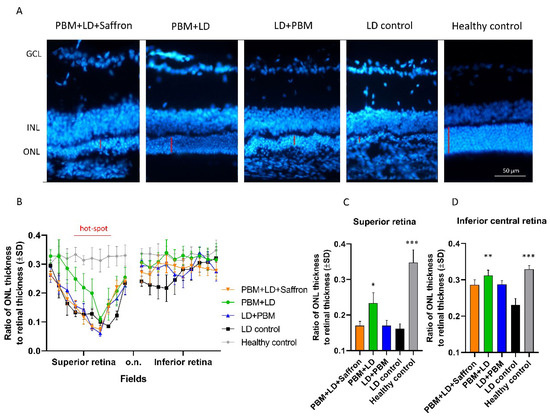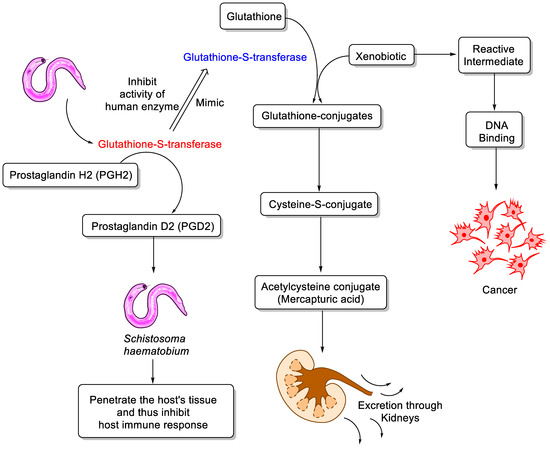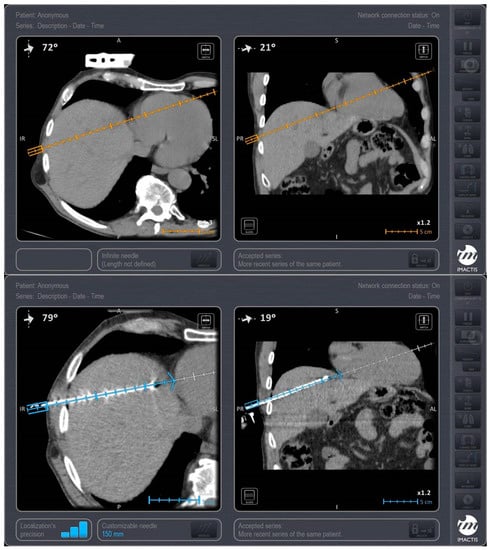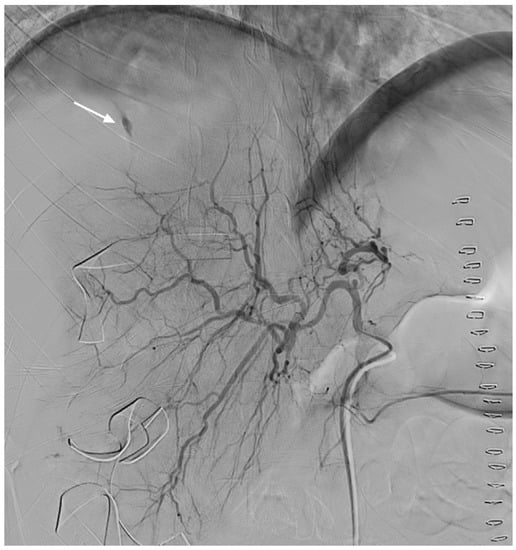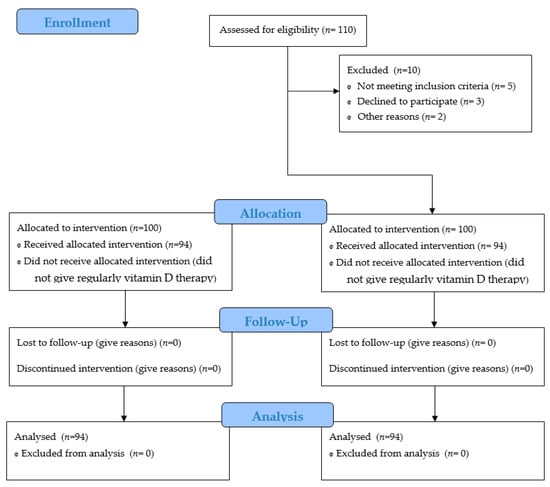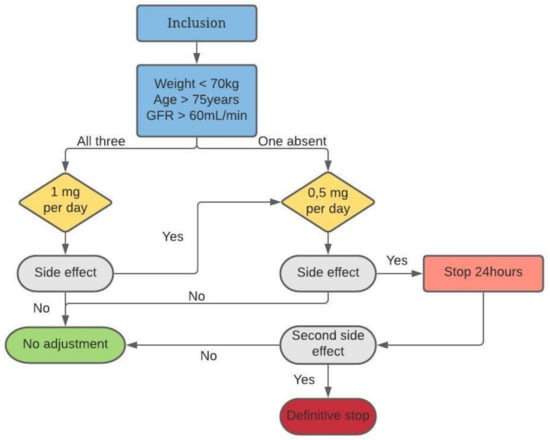Medicina 2021, 57(10), 1059; https://doi.org/10.3390/medicina57101059 - 3 Oct 2021
Cited by 7 | Viewed by 3025
Abstract
Background and Objectives: Saffron treatment and photobiomodulation (PBM) are non-invasive therapeutic approaches able to mitigate and stabilize retinal degenerative diseases such as age-related macular degeneration (AMD). Although different, these therapies partially match their modulated pattern of genes. Recent attempts to find an additive
[...] Read more.
Background and Objectives: Saffron treatment and photobiomodulation (PBM) are non-invasive therapeutic approaches able to mitigate and stabilize retinal degenerative diseases such as age-related macular degeneration (AMD). Although different, these therapies partially match their modulated pattern of genes. Recent attempts to find an additive effect by coadministration of saffron and PBM have failed. Instead, in this study, a different protocol to increase neuroprotection by providing consecutive saffron and PBM treatment administration is suggested. Materials and Methods: Albino rats, whose retinal damage was caused by light exposure (LD, light damage), were subjected to differential treatment protocols before and after LD: (1) PBM followed by saffron; and (2) single treatments of PBM. Thinning of the photoreceptor layer and neuro-inflammatory markers for gliosis and microglia were assessed via immune-histochemical techniques. Results: Results confirm that PBM and saffron alone cope with retinal neurodegenerative processes, preserving retinal thickness and gliosis and microglia invasion in a differential way. However, the synergistic effect of the combined treatment was restricted to the early neuroinflammation, even when provided sequentially. Conclusion: The broad spectra of action of both neuroprotectants require further investigation to identify other key pathways helpful in enhancing the effects of these two approaches in combination.
Full article
(This article belongs to the Special Issue Novel Therapies for Retinal Diseases)
►
Show Figures
